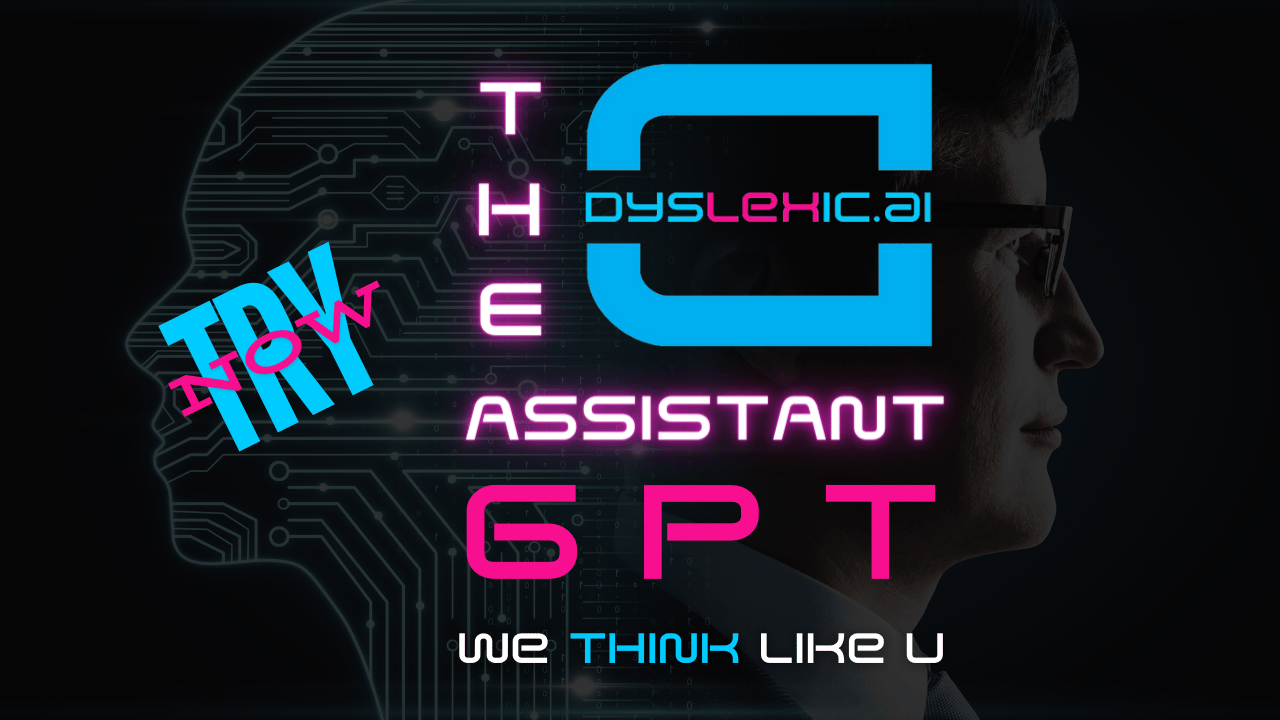- DYSLEXIC AI
- Posts
- Newsletter 227: Generative AI in Education - A New Era
Newsletter 227: Generative AI in Education - A New Era
🧠 Embracing AI to Overcome Typing Struggles and Empower Dyslexic Individuals


Good morning, Dyslexic AI Community,
I want to share something personal with you today. As someone with dyslexia, I've always struggled with typing. It's a tedious and time-consuming task that often leaves me feeling frustrated and unable to express myself effectively.
In today's digital age, typing is everywhere—emails, text messages, social media—and it can feel like an inescapable hurdle, especially when using a cell phone. Throughout my school years and career, typing has been one of my biggest challenges.
While writing this so far, I had to fix 17 misspellings!
But here's the thing: I know many of you can relate to this struggle. As dyslexic individuals, we often find it difficult to convey our thoughts and ideas through typing, which can be disheartening.
However, I assure you that some tools and strategies can help us overcome this obstacle and thrive in educational and professional settings.
This month, we're exploring exciting advancements in generative AI and their profound implications for education and business.
Industry giants have launched major updates, signaling a transformative shift in how we teach, learn, and operate professionally.
Let's examine what these changes mean for students, educators, and professionals and how they can empower us as dyslexic individuals.
The Big Players
Google’s LearnLM: A new language model explicitly designed for educational applications, focusing on creating personalized learning experiences.
Khan & Microsoft’s Phi-3 Small Language Models: This collaboration aims to bring accessible and efficient AI tools to classrooms, enhancing the educational content Khan Academy provides with the power of Microsoft’s technology.
OpenAI's ChatGPT Edu is a tailored version of ChatGPT that provides an interactive and responsive learning assistant for students and teachers.
Transforming the Classroom
Generative AI is poised to revolutionize the educational landscape by:
Personalized Learning: AI can adapt to each student's learning style and pace, providing individualized tutoring and support. This mainly benefits neurodivergent thinkers, including dyslexic students, who may need tailored approaches to thrive.
Teacher Efficiency: By handling administrative tasks and providing instant feedback, AI allows teachers to focus more on one-on-one interactions and personalized guidance, enhancing the learning experience.
Learning AI: Beyond using AI to learn traditional subjects, there's a growing need to educate students and adults about AI. Understanding how AI works and leveraging it effectively is becoming a critical skill in the modern world.
Broader Implications
The integration of AI in education extends beyond the classroom. As these tools become commonplace, it’s essential for adults and professionals also to become proficient in their use.
This dual approach ensures that society can keep up with technological advancements, much like the widespread adoption of the internet and computers in previous decades.
AI Literacy and AI Fluency
As discussed in previous newsletters, AI literacy is not just about coding or technical skills. It's about understanding the ethical implications, the potential biases in AI systems, and how to use these tools responsibly.
AI fluency, on the other hand, refers to the ability to use AI effectively and creatively in various contexts. Both are crucial:
-In Education, students need to learn how to interact with AI, understand its limitations, and use it to enhance their learning experience.
-In Business, professionals need AI fluency to integrate AI into workflows, make data-driven decisions, and innovate within their industries.
By promoting AI literacy and fluency, we prepare individuals to navigate and excel in an AI-driven world, ensuring they can leverage these technologies to their fullest potential.
The Importance of AI Fluency
Teaching AI fluency goes beyond mere interaction; it’s about fostering a deep understanding of AI’s capabilities and integrating it seamlessly into daily practices.
This proficiency will be crucial for staying competitive and innovative in educational and professional environments.
Generative AI is reshaping the future of education, bringing new opportunities and challenges.
By embracing these tools and promoting AI literacy and fluency, we can create a more inclusive, efficient, and forward-thinking educational environment.
As we explore these advancements, stay tuned for more insights and updates. Together, we can ensure that generative AI enhances everyone's education.
Until next time, We Think Like You!
Matt Ivey
Founder Dyslexic.ai

- Personalized Education: AI can tailor learning experiences to individual needs, benefiting students and teachers.
AI for All Ages: It's vital to educate both children and adults about AI to ensure widespread proficiency and understanding.
AI Literacy and Fluency: Emphasizing both prepares society for the future and enables the effective and responsible use of AI in various contexts.
Future-Ready Skills: By fostering AI fluency, we equip individuals to use AI tools creatively and confidently, driving innovation and efficiency.

TRY NOW! We welcome your feedback!

What did you think about today's edition? |
What should the next deep dive be about? |
|
|
|



Reply